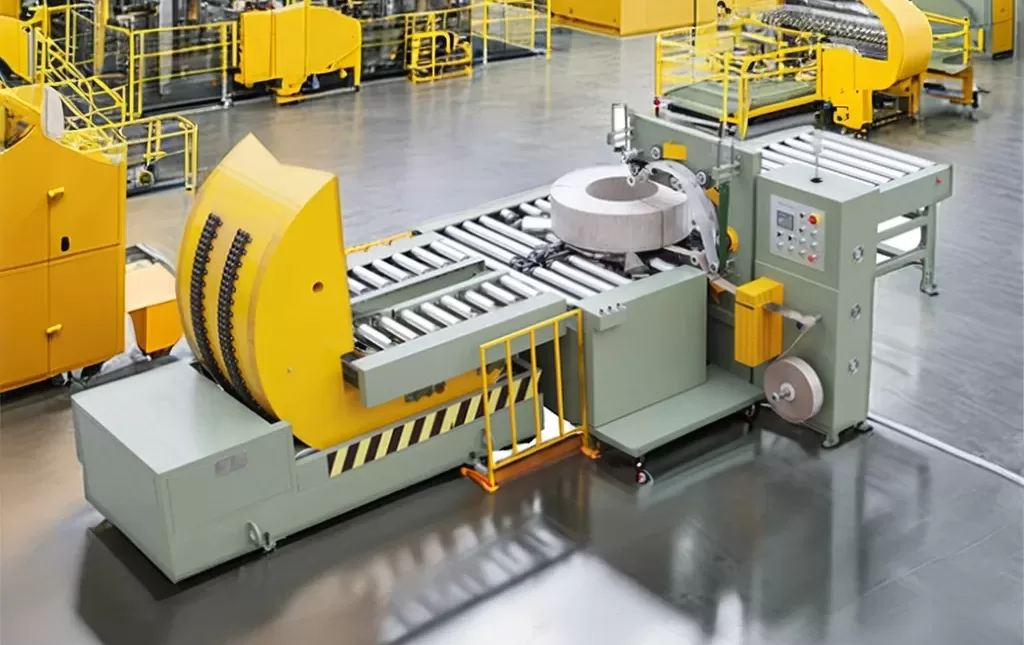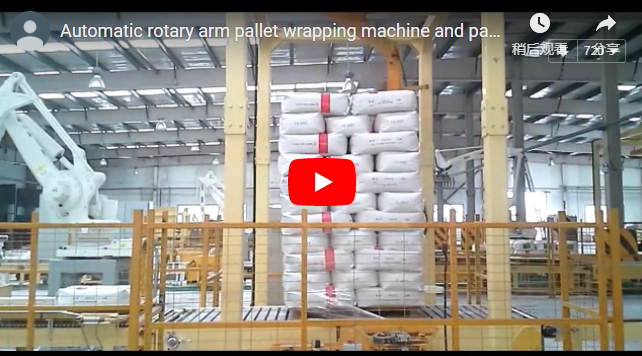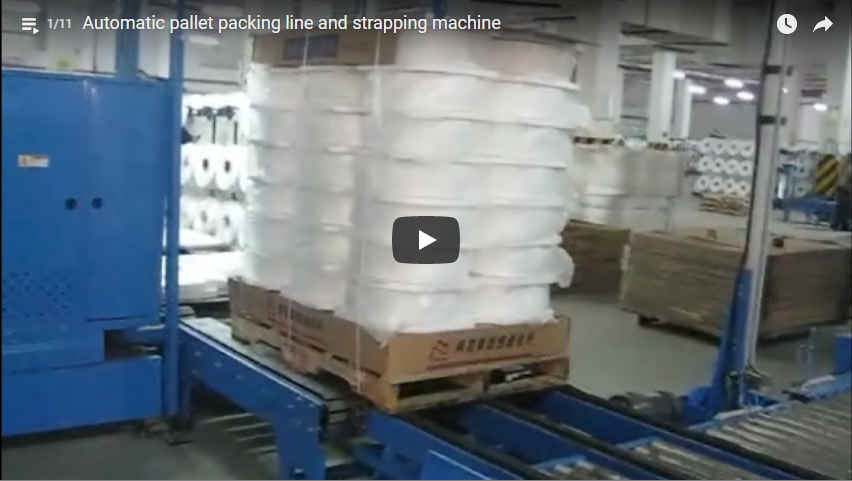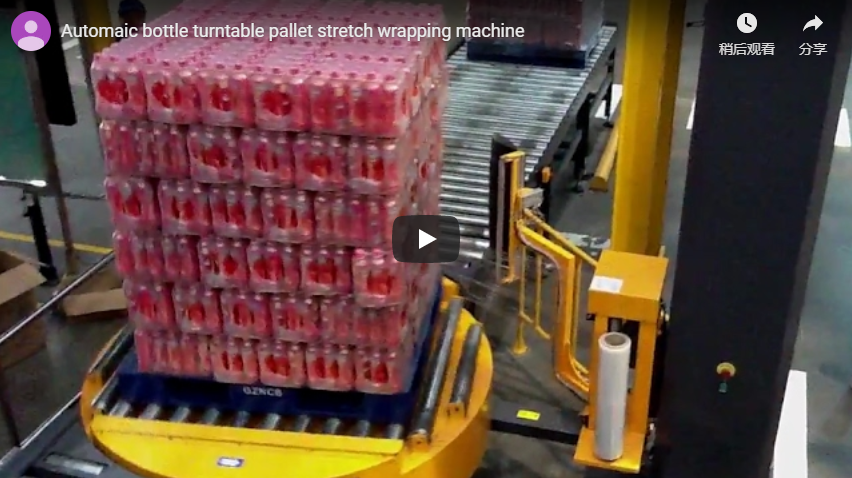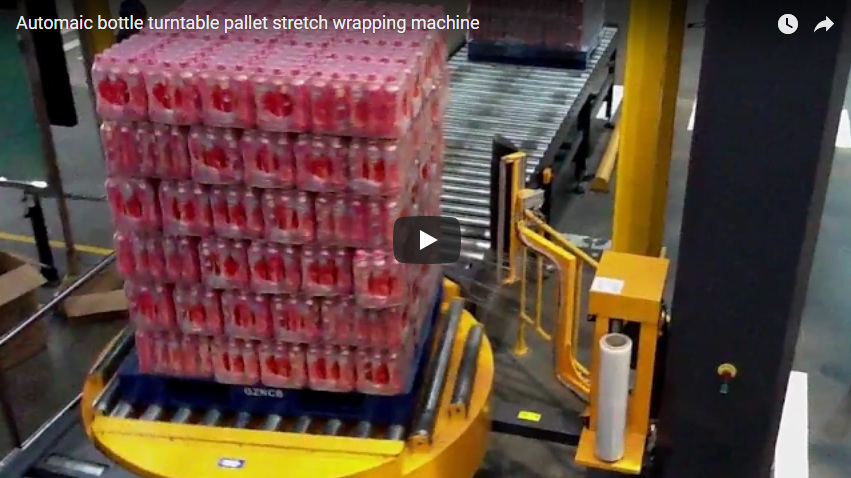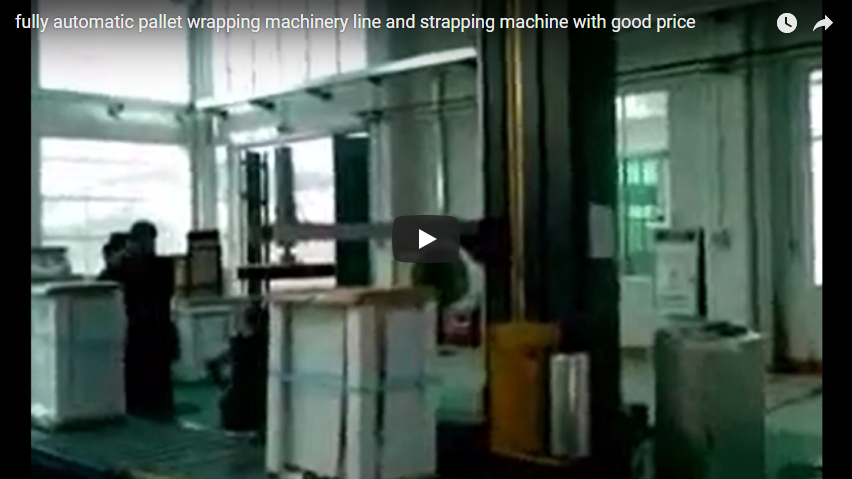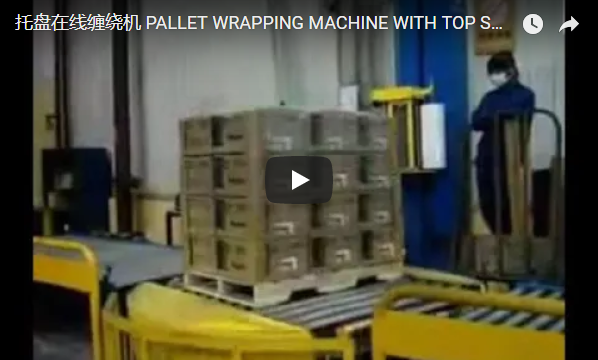Mastering Heavy Coil Pallet Wrapping: Technical Insights and Machine Considerations
Wrapping large, heavy coils, such as those common in the metal processing and distribution industries (steel, aluminum, copper), presents unique packaging challenges compared to standard pallet loads. The sheer weight, concentrated mass, and potential for instability require specialized equipment to ensure safe handling, secure transport, and efficient operations. Manual wrapping is often impractical and unsafe, while standard pallet wrapping machines may lack the robustness needed. This is where dedicated heavy-coil pallet wrapping machines come into play.
These machines are specifically engineered to manage the demands of securing heavy, often cylindrical, loads onto pallets. Understanding their features and benefits is key for facilities aiming to optimize their packaging workflow.
1. Addressing the Unique Challenges of Heavy Coil Wrapping
Standard pallet wrappers often struggle with heavy coils due to:
- High Weight Concentration: Exceeding the turntable's weight capacity can lead to mechanical failure or unstable wrapping.
- Load Instability: Coils can shift during rotation if not properly supported and secured from the start.
- Variable Load Profiles: Coil diameters and heights can vary, requiring flexible wrapping parameters.
Specialized heavy-coil wrappers overcome these issues through robust design elements, ensuring both operator safety and load integrity during the packaging process.
2. Key Technical Specifications and Features to Consider
When evaluating a pallet wrapping machine for heavy coils, several technical aspects are critical:
- Load Capacity: The turntable and support structure must be rated significantly higher than the maximum anticipated coil weight (often exceeding 2,000 kg / 4,400 lbs, with some models handling much more).
- Turntable Design: Heavy-duty construction, often featuring reinforced steel, high-capacity bearings (like slew ring bearings), and sometimes lower profile designs for easier loading. Chain-driven turntables are common for durability.
- Mast Height and Structure: A robust mast is essential to support the film carriage without deflection, ensuring consistent film application across the entire height of the coil load.
- Film Delivery System (Carriage): A powered pre-stretch system (capable of stretching film by 200-300% or more) is vital. This optimizes film usage (reducing costs) and applies the necessary tension for superior load containment specific to dense, heavy products.
- Control System: Look for Programmable Logic Controllers (PLCs) offering customizable wrap programs. This allows operators to precisely set parameters like top/bottom wrap counts, turntable speed, carriage ascent/descent speed, and film tension for different coil types and sizes.
- Top Press Plate (Optional but Recommended): An pneumatically or electrically actuated top press plate helps stabilize lighter or potentially unstable coils during the wrapping cycle, preventing shifting.
- Automatic Film Clamp, Cut, and Wipe System: Automates the start and end of the wrap cycle, improving efficiency and reducing operator intervention.
3. Operational Advantages and Efficiency Gains
Implementing a dedicated heavy coil pallet wrapper delivers tangible benefits:
- Enhanced Load Stability: Consistent, high-tension wrapping with appropriate pre-stretch secures the coil tightly to the pallet, minimizing movement during handling and shipping.
- Improved Safety: Automating the wrapping process drastically reduces the risks associated with manually handling heavy coils and stretch film around a rotating load.
- Increased Throughput: Automated cycles are significantly faster and more consistent than manual methods, increasing the number of pallets processed per hour.
- Optimized Material Usage: Powered pre-stretch systems can yield significant savings on stretch film consumption compared to manual wrapping or machines with basic mechanical stretch.
- Consistency and Quality: Ensures every coil is wrapped to the same high standard, improving package appearance and performance predictability.
4. Ease of Operation and Integration
Despite their robust nature, modern heavy coil wrappers are designed with usability in mind. Intuitive Human-Machine Interfaces (HMIs) allow operators to easily select programs and monitor the wrapping process. Simplified controls reduce the need for extensive training, allowing personnel to quickly become proficient in operating the machinery safely and effectively. Integration with existing conveyor lines or automated guided vehicles (AGVs) is also a consideration for fully automated packaging lines.
Selecting the appropriate pallet wrapping machine for heavy coils is crucial for safe, efficient, and cost-effective packaging operations. By carefully evaluating technical specifications like load capacity, turntable construction, pre-stretch capabilities, and control features, fabricators and distributors can ensure optimal load containment and streamline their end-of-line packaging processes, ultimately protecting their valuable products during transit.
